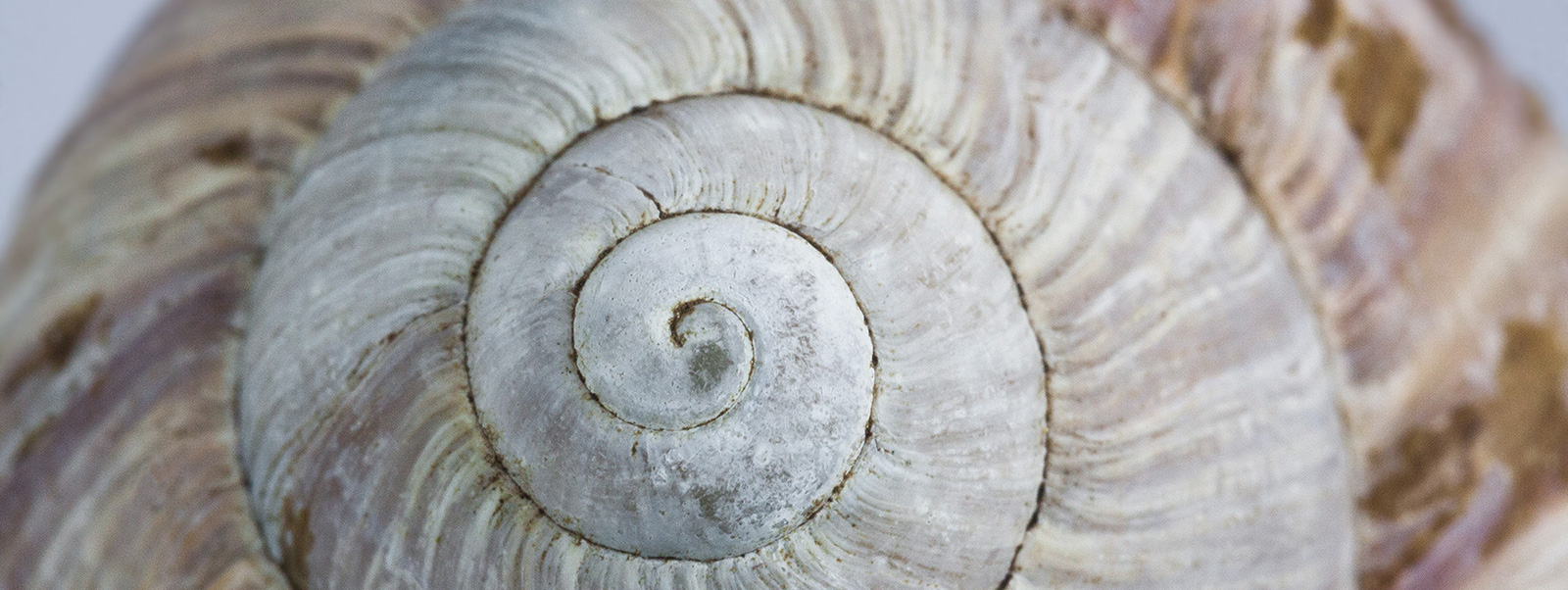A Mirror Without A Face
 I did not recognise her at first. An effigy. A wax-work-woman. Skin taut, lips swollen, blue eyes slanted like Tretchikoff’s Lady from Orient. “I’ve just had it all lifted. And derma abrasion,” she mouthed through grotesquely swollen lips. “My 14-year-old son didn’t want to be seen with a wrinkly mummy!” A tight, unconvincing laugh came from the hollowness within. The sadism of the narcissist in her vain attempts at marble-like self preservation. A caricature of the eternally youthful Aphrodite, a middle-aged woman lost in a hall of mirrors. Like so many of us, unaware of the beauty of her true face.
I did not recognise her at first. An effigy. A wax-work-woman. Skin taut, lips swollen, blue eyes slanted like Tretchikoff’s Lady from Orient. “I’ve just had it all lifted. And derma abrasion,” she mouthed through grotesquely swollen lips. “My 14-year-old son didn’t want to be seen with a wrinkly mummy!” A tight, unconvincing laugh came from the hollowness within. The sadism of the narcissist in her vain attempts at marble-like self preservation. A caricature of the eternally youthful Aphrodite, a middle-aged woman lost in a hall of mirrors. Like so many of us, unaware of the beauty of her true face.
We talk glibly about someone being “a narcissist.” We usually take that as meaning he or she is utterly self-absorbed, isolated in her own human subjectivity. For me, myths and fairy tales are repositories of wisdom. These age-old stories carry the unperturbed truths that ripple through our lives today. They teach us that nothing has changed, nothing is “trending”. And that all our neurosis is just a minute piece in the large tapestry of evolution and transformation. The story of Narcissus contains rich food for the hungry soul: Long long ago the concerned mother of an extremely beautiful young boy asked the blind prophet Tiresias “will he live to an old age?” to which wise Tiresias replied, “as long as he does not know himself.” So she hid all the mirrors in their home and Narcissus grew up to be extraordinarily handsome, loved and adored by all who met him. Because he had never seen his own face, he had to depend on the reactions of others to tell him how beautiful and desirable he was, so that he could feel confident.
A narcissist does not truly love herself. In her self-absorbed flaunting, in her exaggeration, her brash insistence on her individuality, she seems to want to stand apart in her desperate need to be seen, to be adored. Says Rilke, “though the reflection in the pool often swims before our eyes: know the image. Only in the dual realm do voices become eternal and mild.”
We live in a narcissistic world. We shout, “See me!” from the illusive realm of social networking sites. They have a fluid, dreamy quality which is a powerful mirror for our own narcissism – what we present is often an illusion of success, beauty, happiness. In reality, we so often erect boundaries to our loving, hold back our giving. We present faces to the world that are mere masks, covering the hollowness inside.
The story of the beautiful youth, Narcissus, is a tale of self-absorption, spurned lovers, arid intellectualism without conversation with the moist wetness of our soul. The 2010 documentary, Catfish, depicts the same age-old allegory of deception and artifice that covers the painful void of self-love and stunted life force. The film portrays a romantic relationship between Ariel and Angela who “click” on Face book.
Like so many of us, Angela and Ariel feel the pain of narcissistic wounding and as they dismantle the artifice they have set up and maintained with such dedication, they discover that by failing in fantasy, they have recognised themselves. The documentary reveals the “faces” we present, the pretty plumage we display, so that we may see ourselves reflected in the mirror of approval. We are mesmerized by what we see, yet the self-love and self-acceptance we crave cannot be found outside ourselves. It lies cradled in an introverted place. The process of trans-formation can begin only when we know ourselves, when we ground ourselves in humility. As the desirable “I” crumbles and we are consumed by the fire of authentic self-love, we melt the wax work image and allow our soul to soar out of rigid self-absorption. As Angela and Ariel unmask and begin to know themselves, they, like Narcissus, realise that they have become stuck, on the familiar images – the surface identity, the isolated face we present to the world. They discover that beneath the impenetrable membrane of narcissism, lives a deep soul in its luminous unfolding, in its infinite potential.
John Bradshaw writes, “Adult children, having long ago buried their authentic selves and lost their sense of I AM ness, cannot give themselves to their partners because they don’t have a self to give.,” We are conditioned, admonished “not to get big headed”, or “ahead of ourselves”. We are asked “who do we think we are?” Exiled from ourselves, we present our smiling faces, our happy lives to the world, and no-one ever knows the depth of our aloneness and our suffering. “We mistake so much for love – neediness, dependence, mere familiarity. And in reaching out for love, we vanish into projections of who we should be, and how our lives should appear. One day, we wake to face a stranger in the looking-glass – and know that we abandoned ourselves long ago. The before it is too late, we must find our way home – and learn the true meaning of Love” says Gill Edwards.
Only by self-discovery, only by differentiating, only by seeing the otherness in this “dual realm” can we see our true self in the fragile beauty of the little flower of our soul whose roots are deep and whose beauty is grounded in the earth, in the eternal cycles of nature.
Artist: Chen Hongqing. Girl Looking into the Mirror
Royal Wood – A Mirror Without a Face
I keep on running from the buildings tall
The buildings tall surround
Like in a circus oh a circus tent
A circus tent I’m a clown
What good’s a mirror without a face
Without a face


